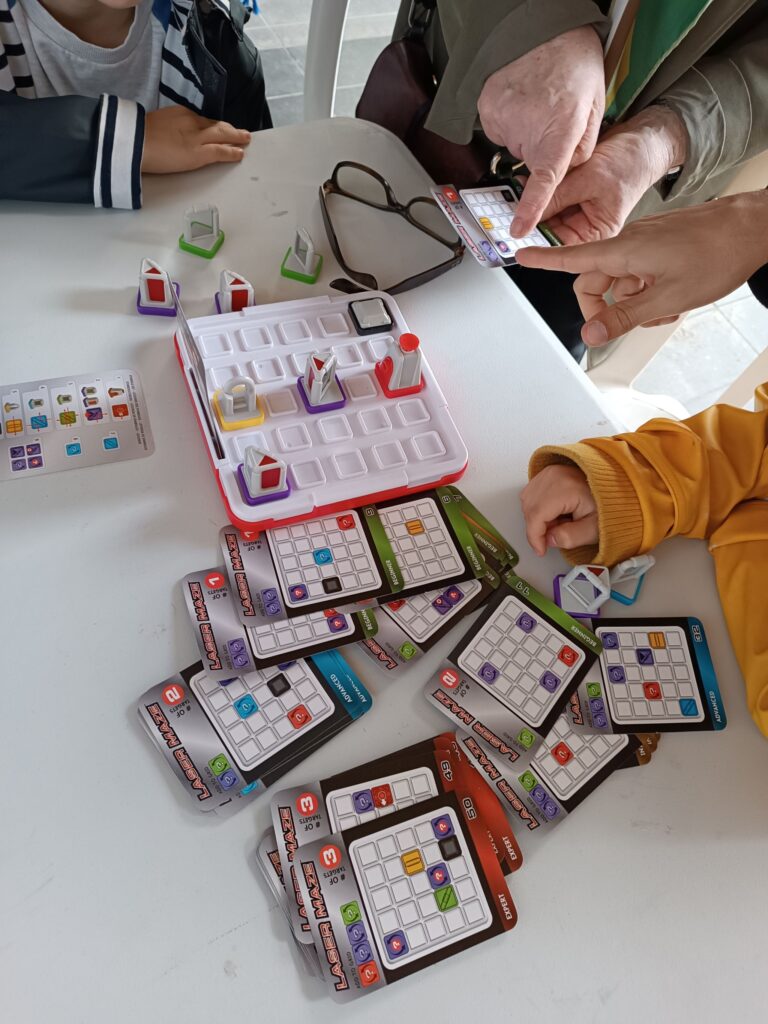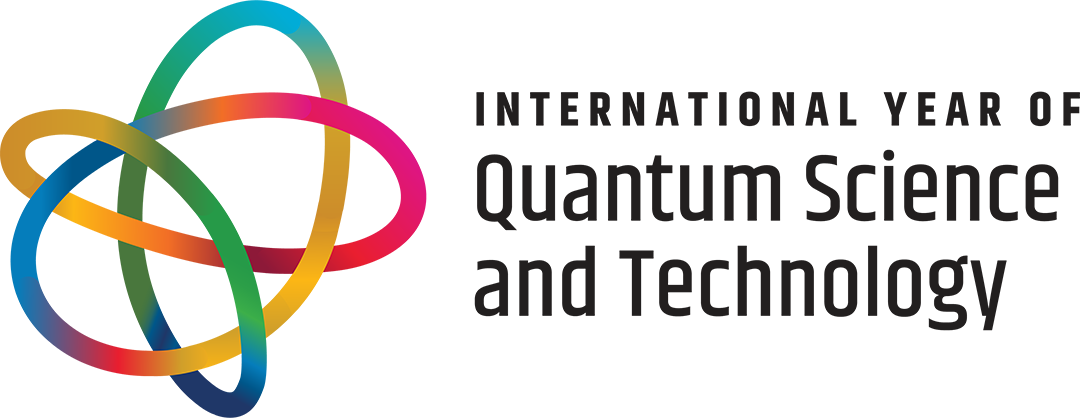Symposium international à l’occasion de l’Année internationale des sciences et technologies quantiques (AISQ)
19 juillet 2025 – Villa Monastero – Varenna, Lac de Côme, Italie.
ITAMP Winter School on Quantum Revolution in AMO Science
AMO physics-based platforms and techniques are some of the most promising systems for the development of quantum simulators, quantum sensors, and interface technologies. Much of this progress owes to the fact that AMO systems can be precisely controlled, and precisely characterized. This school will provide a pedagogical and advanced graduate-level introduction to some of the topics and algorithms.
Escuela de Invierno del ITAMP sobre la Revolución Cuántica en la Ciencia del AMO
Las plataformas y técnicas basadas en la física AMO son algunos de los sistemas más prometedores para el desarrollo de simuladores cuánticos, sensores cuánticos y tecnologías de interfaz. Gran parte de este progreso se debe a que los sistemas AMO pueden controlarse y caracterizarse con precisión. Esta escuela proporcionará una introducción pedagógica y de nivel de postgrado avanzado a algunos de los temas y algoritmos.
École d’hiver ITAMP sur la révolution quantique dans la science de l’AMO
Les plates-formes et les techniques basées sur la physique de l’AMO comptent parmi les systèmes les plus prometteurs pour le développement de simulateurs quantiques, de capteurs quantiques et de technologies d’interface. Une grande partie de ces progrès est due au fait que les systèmes AMO peuvent être contrôlés et caractérisés avec précision. Cette école fournira une introduction pédagogique et de haut niveau à certains sujets et algorithmes.
49th Assembly of Polish Physical Society (Zjazd Fizyków Polskich)
ZFP is a biannual assembly of Polish physicists organized by The Polish Physical Society. The event will be held in Katowice from 5th to 11th September 2025. As the «Quantum» is inherently inscribed into contemporary physics, all sessions will cover a broad range of topics connected to quantum science.
49ª Asamblea de la Sociedad Polaca de Física (Zjazd Fizyków Polskich)
La ZFP es una asamblea bianual de físicos polacos organizada por la Sociedad Polaca de Física. Se celebrará en Katowice del 5 al 11 de septiembre de 2025. Dado que lo «Cuántico» está intrínsecamente inscrito en la física contemporánea, todas las sesiones abarcarán una amplia gama de temas relacionados con la ciencia cuántica.
49e assemblée de la Société polonaise de physique (Zjazd Fizyków Polskich)
ZFP est une assemblée bisannuelle de physiciens polonais organisée par la Société polonaise de physique. L’événement se tiendra à Katowice du 5 au 11 septembre 2025. Le terme «quantique» étant intrinsèquement inscrit dans la physique contemporaine, toutes les sessions couvriront un large éventail de sujets liés à la science quantique.
Quantum Week

Quantum Week will take place at the Palais de la Découverte, in Paris, from September 23 to 28, 2025. The week is entirely dedicated to quantum science and technology, with experiments, board games, exhibitions, and conferences. A unique opportunity for all ages to discover the mysteries of quantum science.
This week is brought to you by DIM QuanTiP, PCQT, QICS, Quantum Saclay, and SFP in collaboration with the Palais de la Découverte.
Semana Cuántica

La Semana Cuántica tendrá lugar en el Palais de la Découverte, en París, del 23 al 28 de septiembre de 2025. La semana está enteramente dedicada a la ciencia y la tecnología cuánticas, con experimentos, juegos de mesa, exposiciones y conferencias. Una oportunidad única para que todas las edades descubran los misterios de la ciencia cuántica.
Esta semana te la traen DIM QuanTiP, PCQT, QICS, Quantum Saclay y SFP en colaboración con el Palais de la Découverte.
Semaine quantique

La Semaine quantique se déroulera au Palais de la Découverte, à Paris, du 23 au 28 septembre 2025. Cette semaine est entièrement dédiée aux sciences et technologies quantiques, avec des expériences, des jeux de société, des expositions et des conférences. Une occasion unique pour tous les âges de découvrir les mystères de la science quantique.
Cette semaine vous est proposée par DIM QuanTiP, PCQT, QICS, Quantum Saclay, et SFP en collaboration avec le Palais de la Découverte.

